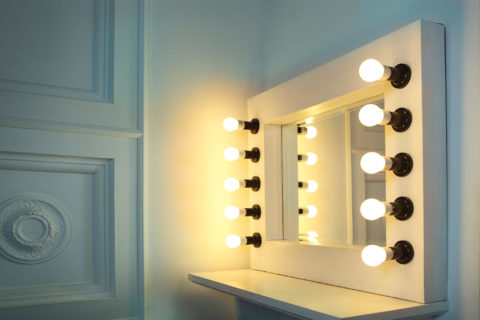By Debbie Bray
Engagement with TV programmes on social media is nothing new.
6.21m people following AMC’s zombie-thriller The Walking Dead are ever-eager to engage with the programme’s latest deaths and dismemberments. However, it was ABCs teen drama Pretty Little Liars that created the biggest buzz on social media in 2016. Indeed, in the States, 79% of trending Twitter topics during primetime viewing are driven by these live TV moments. Social media is a wonderful space to detect which television moments and characters are landing with audiences. Therefore, at Hook, much of our programme research involves some degree of social listening.
Many of these conversations are driven by users, and serve as an independent commentary on the broadcasts. Now showrunners and TV marketers are beginning to explore alternative ways to start and perpetuate engagement on social platforms. In the last year, we’ve seen how TV shows can use platforms like Instagram, Facebook, and Twitter to fruitfully expand programmes’ universes, and allow viewers to engage with the worlds and characters they love.
Structured Reality and Social Media
When we have spoken to TV viewers across the UK about how they use social media to engage with their favourite programmes, one show kept popping up: Made in Chelsea. Considered by many young viewers to be a modern-day soap opera, Channel 4’s structured-reality hit encourages its viewers to immerse themselves into the opulent lives of Binky, Sam, and Jamie.
In between episodes and seasons, viewers described tuning into the Instagram accounts of this posh set to get their fill of hot bodies and wild parties that they missed in the show’s absence. This multi-screen engagement is helped by live tweet-alongs throughout the show by the characters’ handles. Not only do these accounts offer fresh perspectives on the friendships and freak outs portrayed on the show, but they also allow super fans to continue to engage with their favourite personas – an engagement that continues even after the cast members have left the programme.
Applying These Lessons to Fictional Fare
Towards the end of 2016, a Scandi teen drama started to make waves – particularly among younger viewers. On paper, Skam (or Shame, in English) seems like a Norwegian version of UK-hit Skins. In many ways, the shows mirror each other – young attractive characters dealing with the slings and arrows teenage life throws at them, through a series of parties, sexual exploration and drama.
The difference being that producers created a show that wasn’t just a perspective of teenage life to be observed on the television. Unlike any other show to date, Skam releases clips in real time on social media, leading up to a full episode every Friday. Additionally, each of the characters have their own social media accounts including Facebook and Instagram, offering fans a chance to see into the ‘lives’ of their favourites and even, as some viewers have stated, feel like they’re friends.
These clips and accounts were considered essential viewing by fans, with teens reporting excited discussions first thing at school and desperately trying to second guess when the next clip would be releveled so they wouldn’t miss a moment.
The strategy worked. Skam’s last clip on June 24th received 35,331 and 1,348 comments, with characters’ Instagram profiles attracting thousands of followers, such as like Eva (699k) and Isak (794k). Their online presence has spread worldwide, creating a cult like following desperate for sub-titles or help with translations, demanding that the show be brought to their country.
The success of this format points to the idea that younger audiences are used to using all of these platforms, and are accustomed to reading different, diverse narratives across multiple platforms. Our research backs this up, with people asking for apps to accompany TV shows or suggesting the use of social media to make the show more interactive.
Netflix’s 13 Reasons Why is another drama which engages with this latter point. The series explores the reasons why a teenage school girl commits suicide and offers viewers an opportunity to understand the main character’s experience in more depth.
The show’s Facebook ad reveals glimpses of the storyline through main character Hannah’s various social media messages, ranging from Snapchat, iMessage, FaceTime to Instagram. The French Netflix app goes a step further, asking users to explore Hannah’s phone to trace her last online steps, from looking through her final messages to checking her browser history.
These shows understand that multiplatform narratives fill teens’ lives already, and that there is room for programmes to capitalise on this and grow their characters and stories in more personal ways through social media. This changes the viewer’s experience from being passive, to an active journey, triggering different emotions, building engagement, and ultimately creating a stronger connection between the fans and the characters.
By Debbie Bray, Co-founder, Hook Research
Hook Research is a media research and content development agency. We are proud to provide consumer insights and brand strategy to some of the biggest organisations across media, youth and entertainment all over the world. Want to have a chat about how we can help your business. Get in touch at enquiries@hookresearch.co.uk


